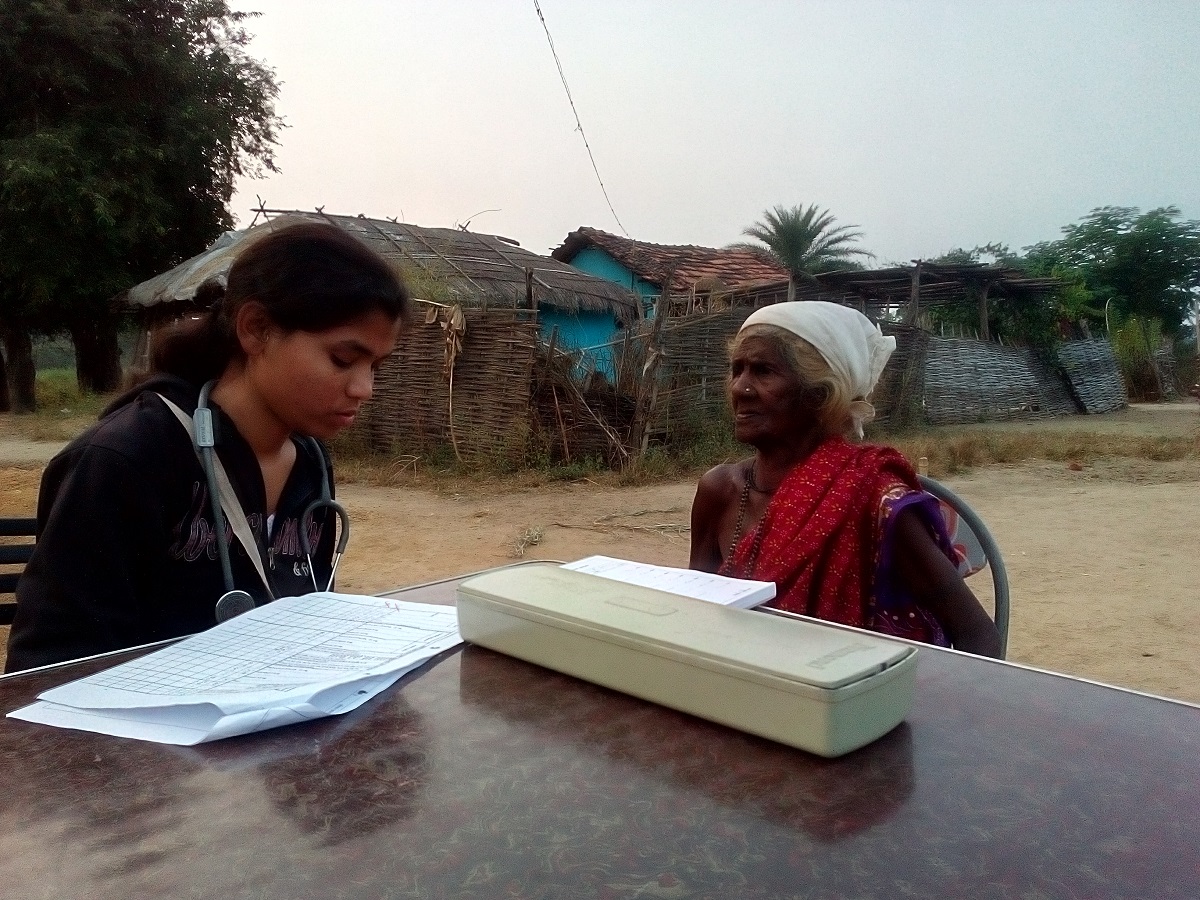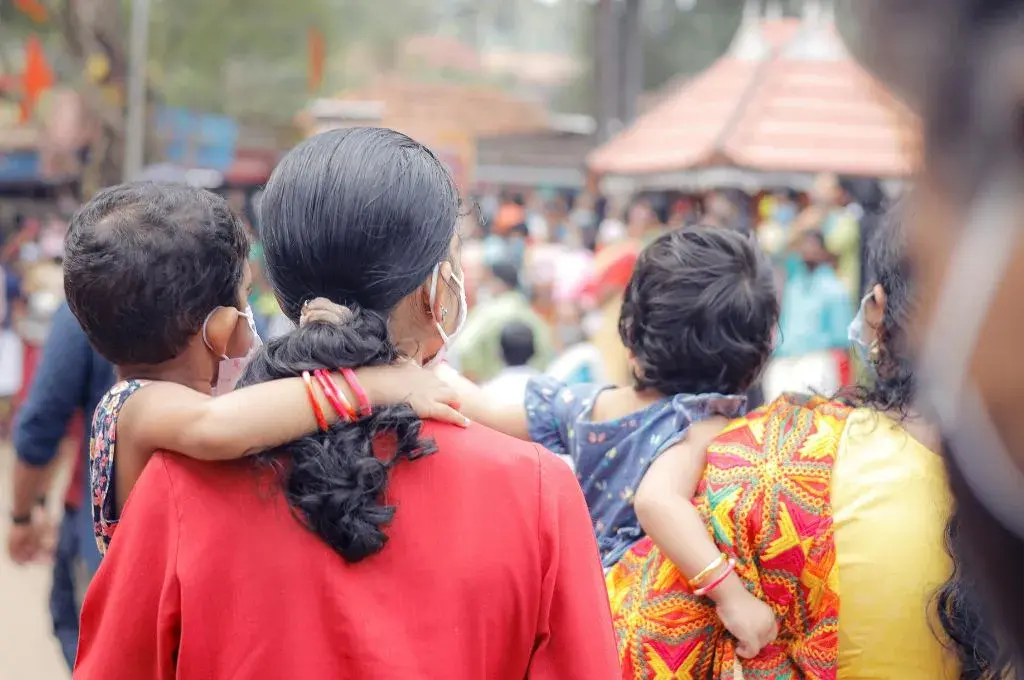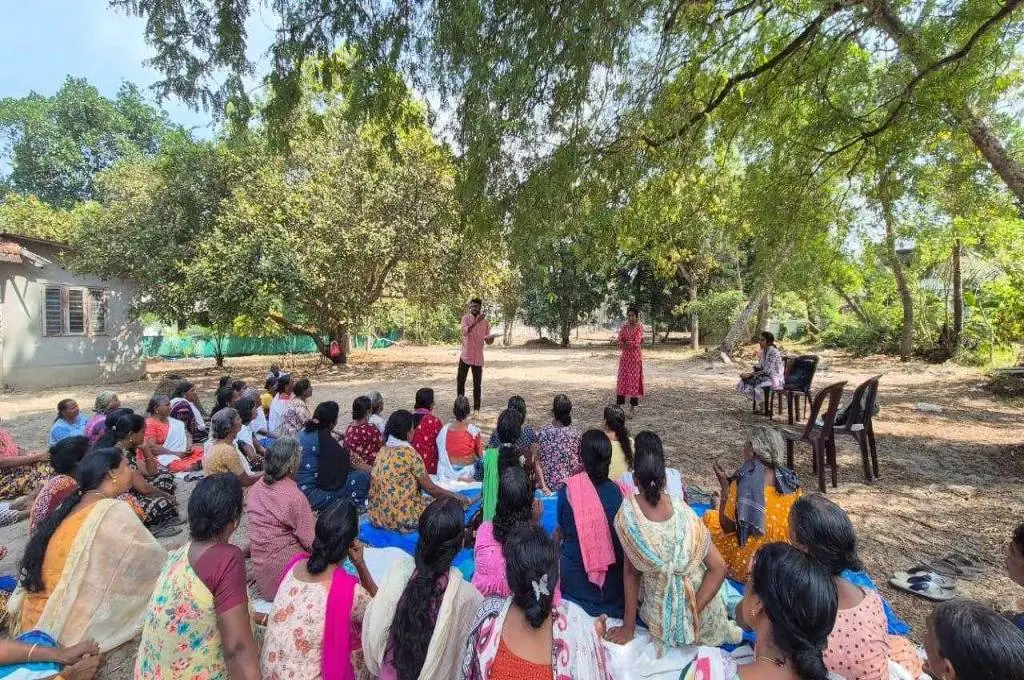A 46-year-old male labourer with high blood pressure and diabetes, a 55-year-old male farmer who has recently suffered a heart attack, a 52-year-old woman with anxiety and depression, a 56-year-old woman with chronic back pain… A day at my clinic is full of cases that one would be surprised to find in a rural and tribal region of Gadchiroli, one of India’s most backward districts.
My friends—doctors and non-doctors alike—are puzzled when I talk about the increasing incidence of chronic non-communicable diseases (or NCDs, for lack of a better word) in rural and tribal regions of India. “But these are the diseases of people who live in cities!” they argue. This dangerous myth needs to be countered.
India’s disease pattern is shifting
Unbeknown to most of us, the disease pattern in India in general and particularly in rural India has undergone a significant shift over the last 15 years. An early inkling of this change was evident in a 2001-2003 Government of India report on the causes of death in the country. The report revealed that the deaths in rural India due to communicable diseases (41 percent) were almost matched by those due to NCDs (40 percent). [quote]NCDs accounted for 47 percent of all deaths while communicable, maternal, peri-natal and nutritional conditions together accounted for 30 percent.[/quote] A follow-up study on the causes of death in rural India for the years 2010-13 showed that NCDs accounted for 47 percent of all deaths while communicable, maternal, peri-natal and nutritional conditions together accounted for 30 percent, indicating that NCDs have unquestionably become a healthcare priority.

The pattern of NCDs in rural India looks largely similar to that in urban India. High blood pressure, the biggest risk factor for death worldwide, now affects one in five adults in rural India, while diabetes affects about one in 20 adults. We are already in the midst of an NCD epidemic in rural India!
 Non-communicable diseases lead to chronic expenditure on health and, thereby, worsen poverty.
Non-communicable diseases lead to chronic expenditure on health and, thereby, worsen poverty.
The growing burden of disease
Certain chronic diseases such as coronary artery disease, strokes, lung diseases and cancers lead to deaths as well as disability; however, there are several NCDs—such as chronic low back pain, mental health and neurological disorders, anaemia, cataracts and hearing loss—that do not cause death but lead to significant disability.
A key metric to measure the burden of a disease on a community is disability adjusted life years (DALYs) lost. It is the sum of years of life lost due to premature deaths and years lived with disability. A recent report released by the India State-Level Disease Burden Initiative shows that three of the top five leading causes of DALYs lost in India were NCDs: coronary artery disease, chronic lung diseases and stroke.
The burden of disease is immense. Due to their chronic nature, the significant disability and premature death, NCDs lead to chronic expenditure on health and, thereby, worsen poverty. Loss of productivity and purchasing capacity could lead to slowing of economic growth and development. It is estimated that India is likely to lose USD 4.58 trillion before 2030 due to NCDs.

It’s time to take rural NCDs seriously
Given the havoc they threaten to wreak on rural lives, it is time that NCDs are addressed on priority. All the stakeholders, including civil society, businesses, academia and policymakers, need to take a serious note of this new health challenge in rural India where a majority of India’s population lives.
But why are NCDs becoming a problem in rural area? The prime reason is epidemiological transition, which is a shift towards chronic non-communicable diseases along with socio-economic development. Increasing life expectancy and urbanisation of lifestyle in rural India have led to this transition.
Since Independence, the life expectancy at birth has increased substantially in India; from 32 years in 1947, it had more than doubled to around 68 years in 2017. The life expectancy in rural India is not very different from that in urban India. This means that more people in rural India are surviving to an age where diseases related to ageing—such as high blood pressure, diabetes and cancers—catch up.
The challenges of tackling rural NCDs
There are multiple challenges to managing NCDs in rural India:
1) NCDs in rural India are affecting a relatively younger population—about a decade younger—compared to that in the developed countries. This is likely to be due to malnutrition early in life, which paradoxically increases the risk of NCDs and an unhealthy lifestyle in early adulthood. This means younger population in rural India needs to be screened for chronic diseases.
2) There is very low awareness about these diseases in rural India, leading to further challenges to inculcating lifestyle changes and prevention methods. [quote]NCDs in rural India are affecting a relatively younger population—about a decade younger—compared to that in the developed countries.[/quote]3) Facilities for diagnosing and treating these disorders are often not available in rural areas, resulting in late diagnosis and treatment.
4) NCDs lead to chronic expenditures on healthcare and, many times, catastrophic health expenditures, which push the families into poverty. There is no financial safety net to help people absorb the negative economic consequences of NCDs.
5) Lack of systematic mechanisms to collect data on NCDs from rural India could hamper efforts at measuring the problem, guiding interventions and monitoring them effectively.
6) NCDs are typically treated by physicians with advanced level of training; since such physicians are not accessible to villagers, the best way to treat NCDs at the village level needs to be understood.
NCDs, thus, create a big challenge for healthcare systems—public as well as private—in rural India. The government-run healthcare system in rural India largely focuses on maternal and child health and infection. For instance, of the total health budget of INR 47,343 crore in 2017-18, only INR 955 crore was allotted to the NCD programme. This system now faces the dual burden of tackling not just infections but NCDs as well.
This would require healthcare policymakers to focus on developing new human resources, technology, healthcare delivery mechanisms and financial resources to tackle NCDs in rural areas. Needless to say, prevention needs to be a priority.




